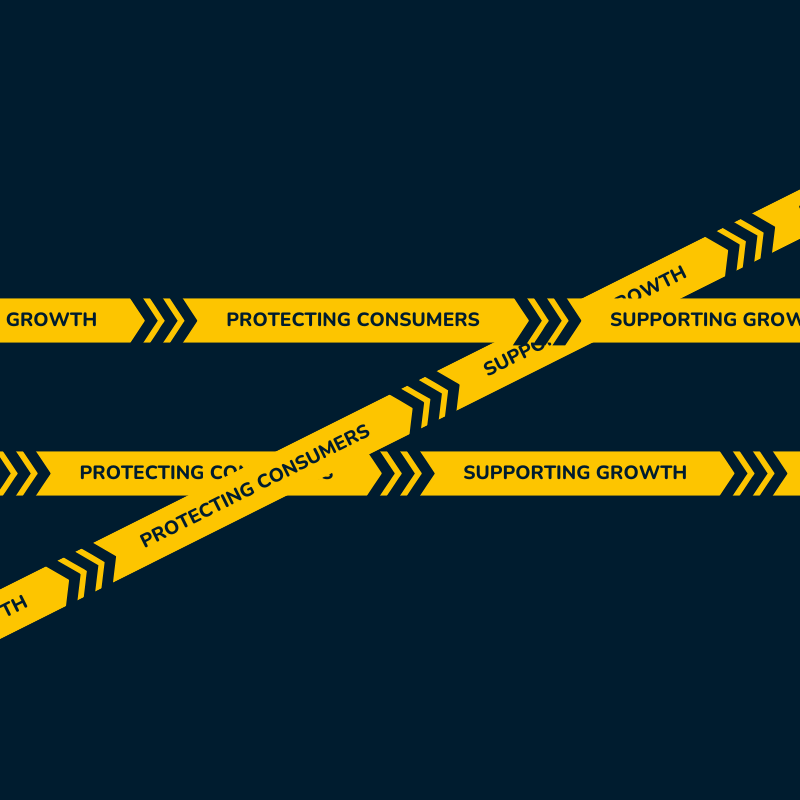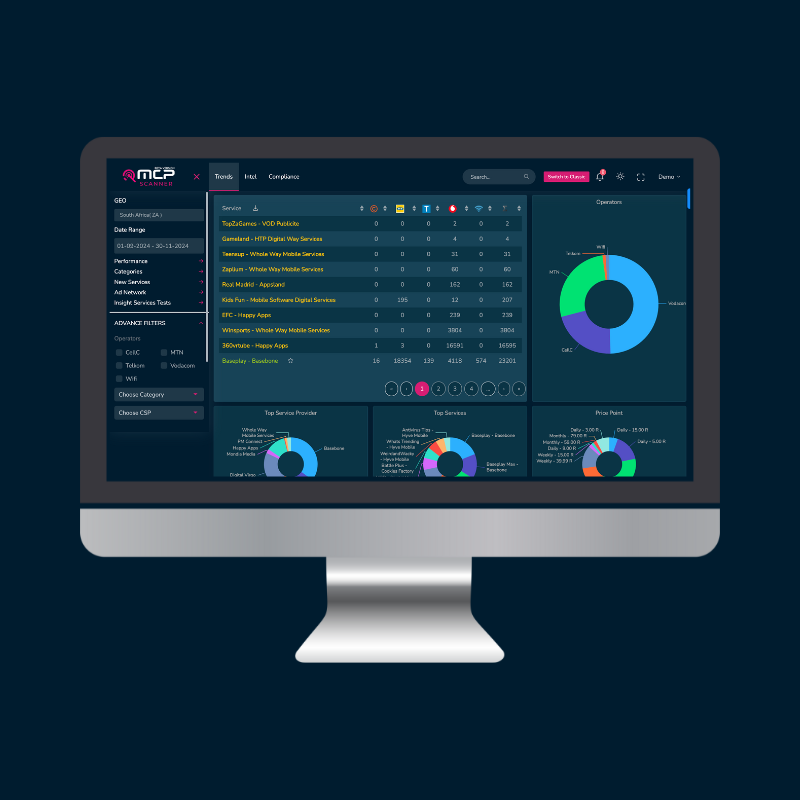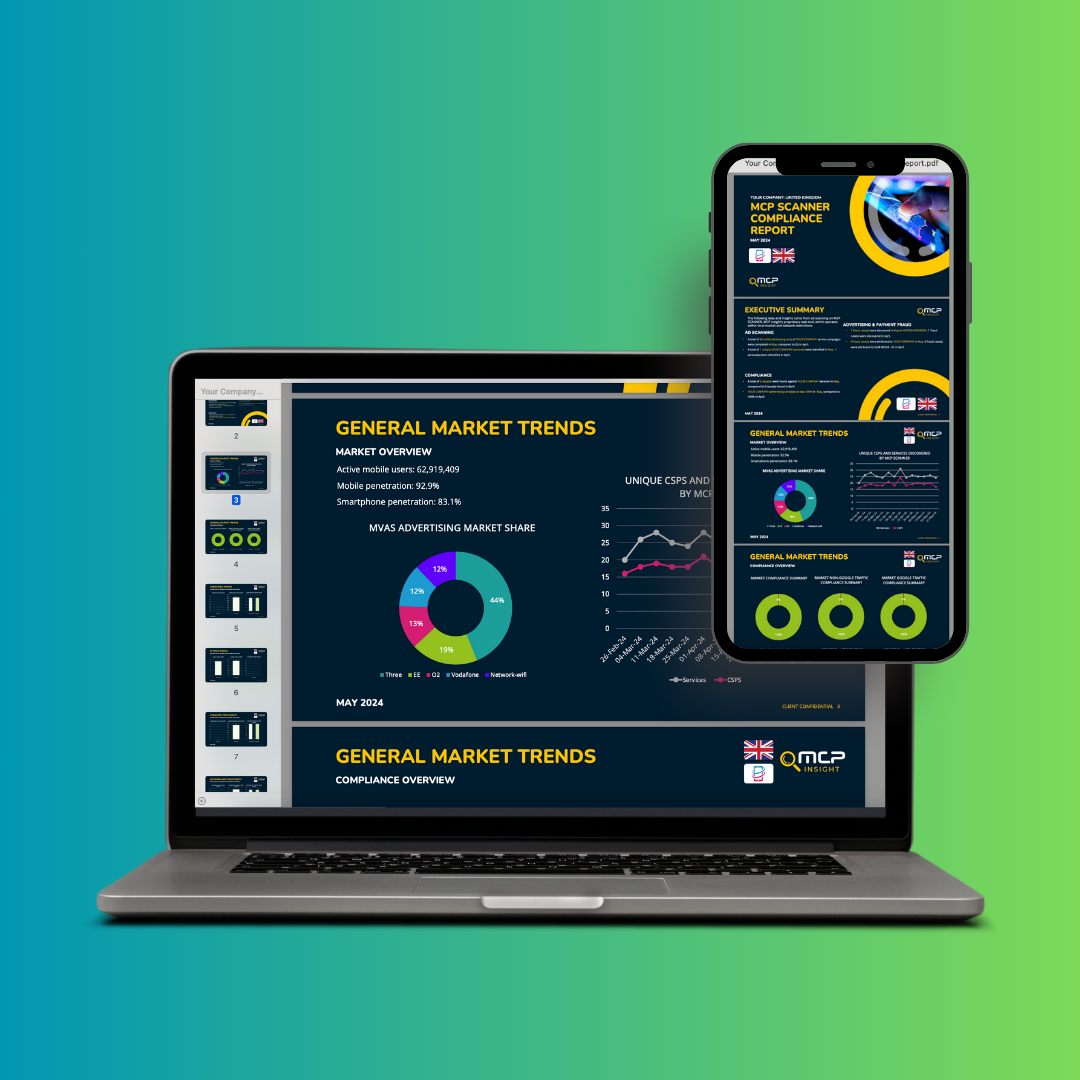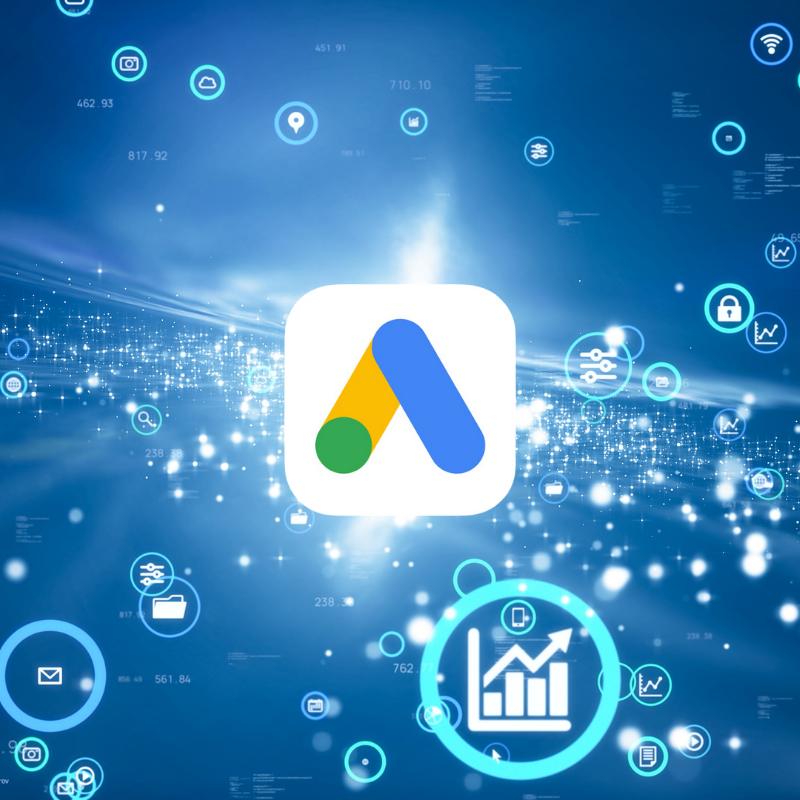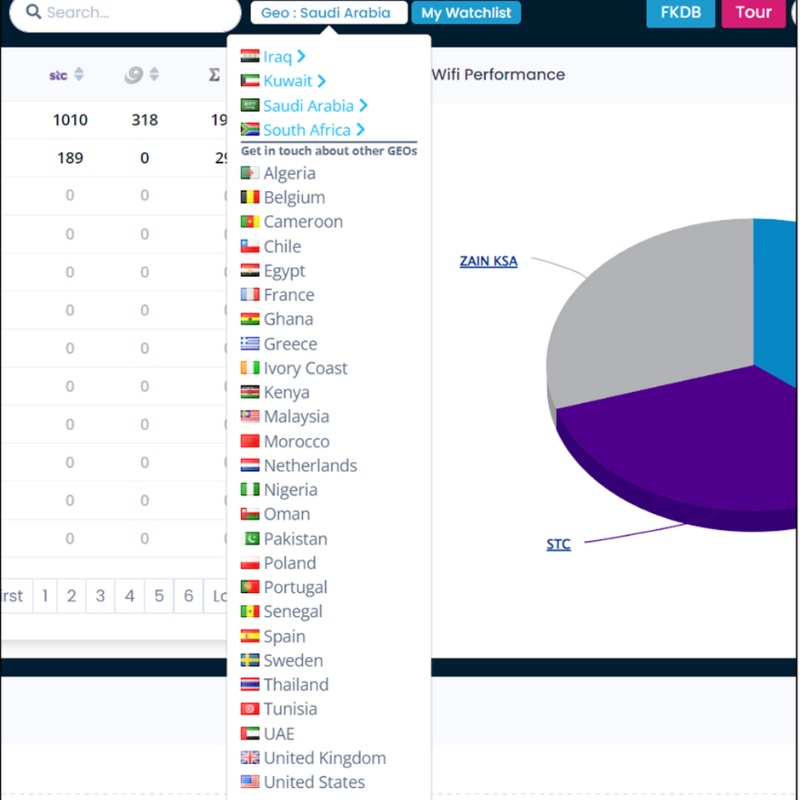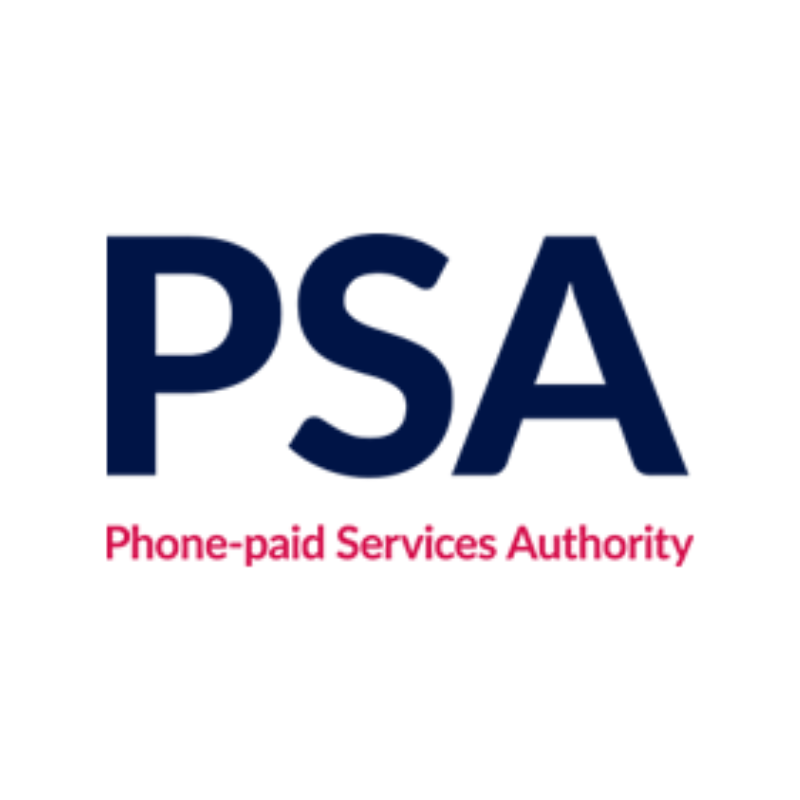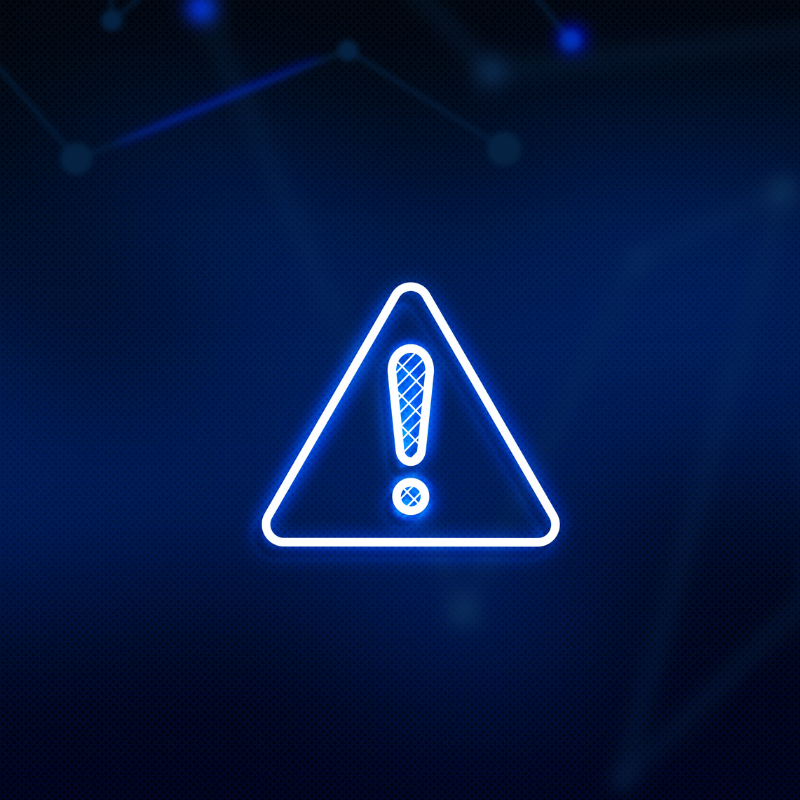What happens when the only tools available are too blunt for the job?
Across many fast-growing digital markets, regulators are under increasing pressure. Mobile content and payments have opened up exciting new opportunities – for consumers to access services, for providers to grow, and for economies to benefit from digital inclusion. But they’ve also introduced new risks, from misleading promotions and non-transparent billing flows to more sophisticated forms of fraud.
When problems escalate, regulators are expected to act. Quickly. Decisively. Publicly.
And they do – often through enforcement measures designed to contain the issue and protect consumers. That might mean suspending affiliate traffic, mandating additional verification steps, or putting entire services under review. These actions are necessary. But they’re rarely subtle. And when the only tools available are broad and blunt, even well-meaning enforcement can have unintended consequences – punishing compliant providers, slowing innovation, and disrupting user access.
The problem isn’t that enforcement doesn’t work. It’s that, in many markets, it’s doing more work than it should.
The Cost of Limited Visibility
In conversations with regulators, one theme consistently comes up: resource. Not just human resource – though that’s certainly a factor – but insight. Without data, without early indicators of risk, enforcement becomes reactive by necessity. By the time complaints hit critical mass, the damage is already done.
The question isn’t whether to enforce – it’s how to enforce in a way that’s both proportionate and precise.
Imagine being able to intervene before a misleading campaign reaches scale. Before refund volumes surge. Before consumer trust is undermined. That kind of early action doesn’t require heavier regulation. It requires smarter visibility.
What Smarter Oversight Could Look Like
Modern oversight doesn’t mean more rules. It means better information.
- Spotting unusual activity in content flows before it becomes a pattern.
- Identifying which providers are consistently clean – and which warrant a closer look.
- Acting on risk signals, not just complaint volumes.
That’s the direction we see many regulators moving in. Not by introducing new layers of control, but by building smarter oversight capabilities. It’s a move that enables faster, more targeted responses, protects compliant players, and supports a more stable, trusted market for everyone.
Because the goal is shared by everyone in the ecosystem – to build trust, reduce harm, and support a healthy, sustainable digital economy.
Join the conversation
If you’re a regulator exploring how to evolve your oversight approach – without increasing your team size or regulatory footprint – we’d love for you to join us at our upcoming webinar – Collaboration: A Proactive Approach to Consumer Protection in DCB Worldwide.
We’ll be sharing practical insight into how data and monitoring tools are helping regulators reduce pressure on enforcement, support compliant providers, and protect consumers earlier in the journey.

















